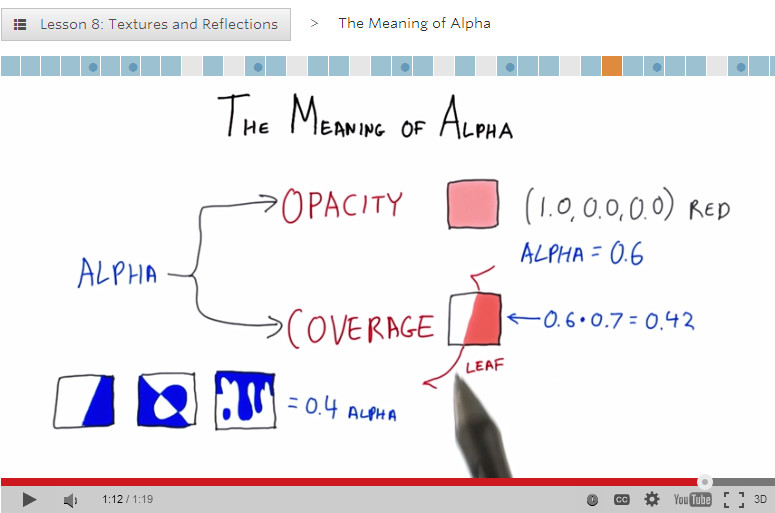Given the recent DXR announcements, Tomas Akenine-Möller and I are coediting a book called Ray Tracing Gems, to come out at GDC 2019. See the Call for Participation, which pretty much says it all. The book is in the spirit of the Graphics Gems series and journals such as JCGT. Articles certainly do not have to be about DXR itself, as the focus is techniques that can be applied to interactive ray tracing. The key date is October 15th, 2018, when submissions are due.
To self-criticize a tiny bit, the first sentence of the CFP:
Real-time ray tracing – the holy grail of graphics, considered unattainable for decades – is now possible for video games.
would probably be more factual as “Real-time ray tracing for video games – … – is now possible.” But, the book is not meant to be focused on just video game techniques (though video games are certainly likely to be the major user). I can see ray tracing become more a standard part of all sorts of graphics programs, e.g., much faster previewing for Blender, Maya, and the rest.
As far as “considered unattainable for decades” goes, interactive ray tracing has been attained long ago, just not for (non-trivial) video games or other interactive applications. My first encounter with an interactive ray tracer was AT&T’s Pixel Machine back in 1987. I had put out the Standard Procedural Databases on Usenet the week before SIGGRAPH, and was amazed to see that they had grabbed them and were rendering some in just a few seconds. But the real excitement was a little postage-stamp (well, maybe 6 stamps) sized rendering, where you could interactively use a mouse to control a shiny sphere’s position atop a Mandrill plane texture.
The demoscene has had real-time ray tracers since 1995, including my favorite, a 252 byte program (well, 256, but the last four bytes are a signature, “BA2E”) from 2001 called Tube by 3SC/Baze. Enemy Territory: Quake Wars was rendered using ray tracing on a 20-machine system by Daniel Pohl at Intel a decade ago. OptiX for NVIDIA GPUs has been around a long time. Shadertoy programs usually perform ray marching. Imagination Technologies developed ray tracing support for mobile some years back. There are tons more examples, but this time it feels different – DXR looks here to stay, with lots of momentum.
Ray tracing is, in my opinion, more easily adopted by computer-aided design and modeling programs, as users are willing to put up with slower frame rates and able to wait a few seconds every now and then for a better result. Systems such as KeyShot have for some years used only ray tracing, performing progressive rendering to update the screen on mouse up. Modelers such as Fusion 360 allow easy switching to progressive ray tracing locally, or for finished results can render at higher speeds on the cloud. I think DXR will make these few seconds into a handful of milliseconds, and near-interactive into real-time.
In a sense, this history misses the point: for interactive rendering we use whatever gives us the best quality in an allotted amount of time. We usually don’t, and probably shouldn’t, trace rays everywhere, just for the purity of it. Rasterization works rapidly because of coherence exploited by the GPU. Ray tracing via DXR is a new piece of functionality, one that looks general enough and with support enough that it has the potential to improve quality, simplify engine design, and reduce the time spent by artists in creating and revising content (often the largest expense in a video game).
Long and short, DXR is the start of an exciting new chapter in interactive rendering, and we look forward to your submissions!






